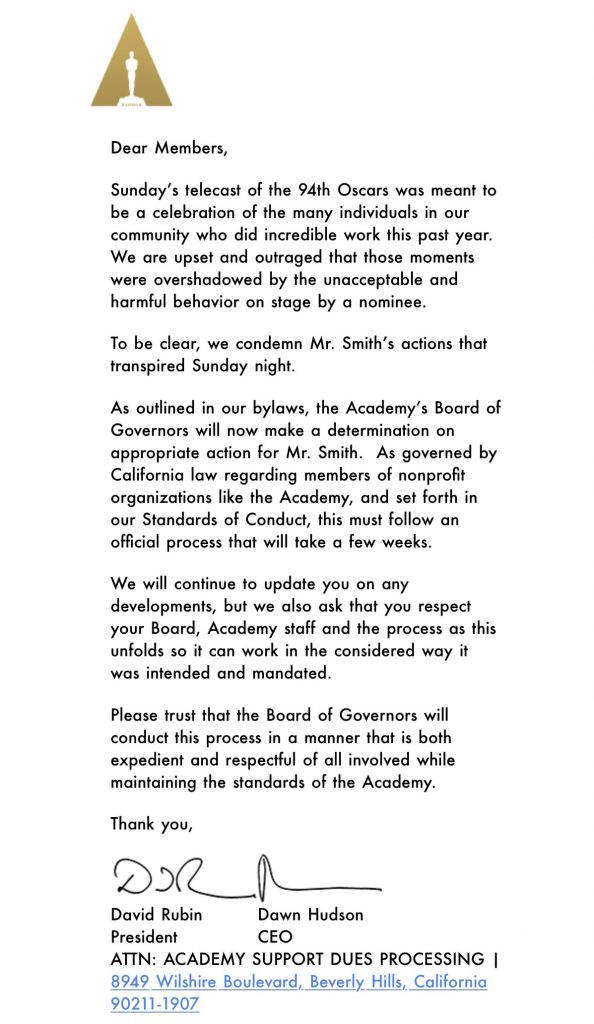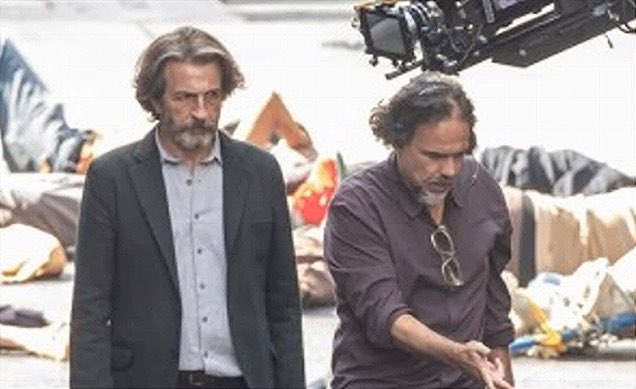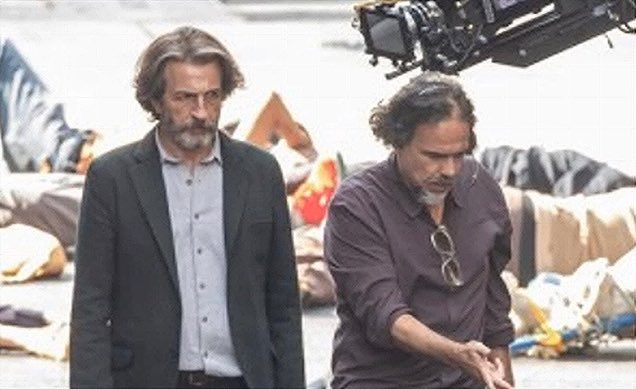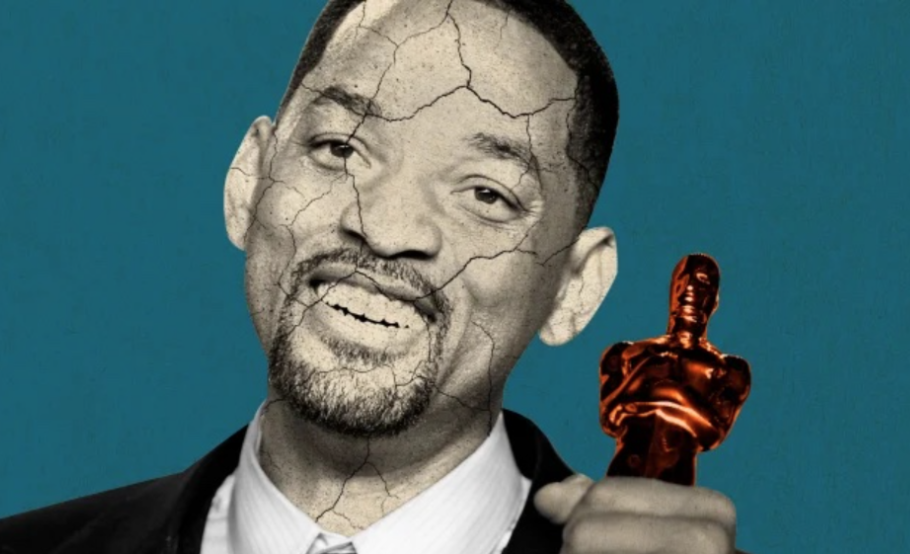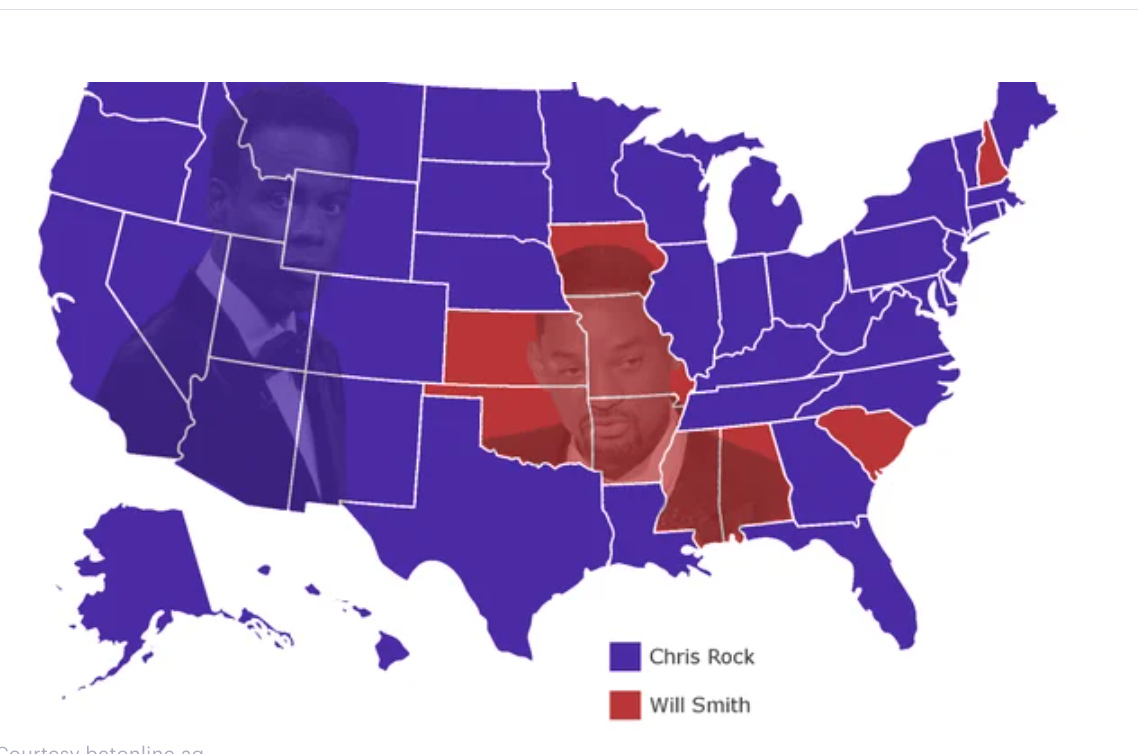HE’s heart goes out to poor Bruce Willis, 67, who’s been forced to retire from acting due to aphasia, a degenerative brain ailment that results in a growing inability to remember lines.
We all understand that getting older and coping with the failure of this or that vital organ can be a heartless process, but this is sadistic. In a perfect world Willis would be able to keep making “Bruce Willis movies” at least another dozen years, and then he could shift into odd character parts in his late 70s and 80s.
Now we understand why Willis made so many shitty direct-to-video movies (between 20 and 25) over the last five years. I’m very, very sorry for this extraordinary stroke of bad luck.


